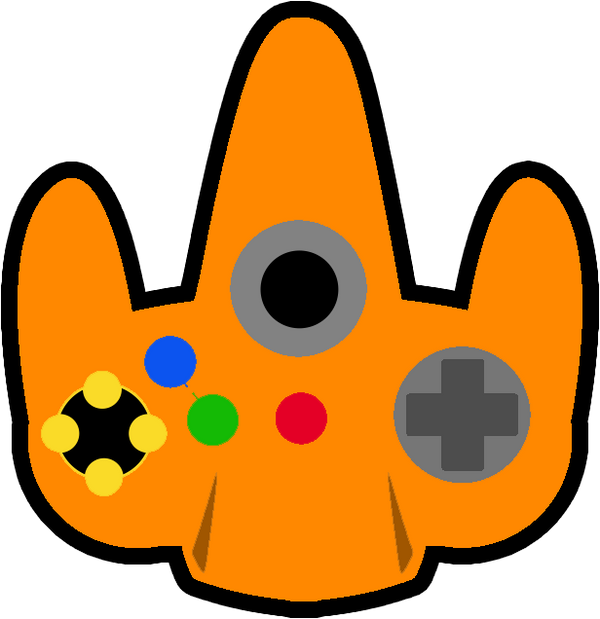CUSTOM PARTS & LIMITATIONS
Our high quality after market housing shells are sourced from U.S. & China suppliers. Request's for basic colors like black, red, white, or blue are common and create better turn around time for your order. Uncommon colors like gold, emerald, or clear red may take a bit more time because its produced out of the country. This is why usually it takes 3-5 days to mail out your order.
There are no limitations to how you can customize your device unless custom housing shells havent been manufacted for it. When placing an order you can upgrade any feature you'd like such as choosing the shell and buttons color. For handhelds if youd like to swap the screen for a modern look like an IPS that is also possible but be aware it does raise the price on the item, like also adding a type-c port as a power solution.
REPLACEMENT PARTS
Replacemant parts installed in your device are always trusted certified after market parts.DEVICES
Devices sold from Ware & Tear are fully refurbished before sale, and trust that all devices are authentic and verified. Every device will always come with a charger & 64GB SD card but it depends on what the system requires.
REGION LOCKED SYSTEMS
Nintendo Region Locked Sytems
* If you are interested in Nintendo consoles and handhelds from Japan, you may get them at a discount price than our U.S. items listed.
Nintendo is known to region lock their devices. This means that if you purchase a region locked system, the games you'd like to play have to be from that region of your device. While this may be a set back, to some customers we know that you get the benefit to enjoy games that were released on your device exclusively to that region.
Region locking is a mechanism implemented by console manufacturers to control the distribution and playback of software and media based on geographical regions. Several Nintendo systems have been region locked in the past. Here are some examples:
-
Nintendo Entertainment System (NES): The NES was not region locked, meaning games from one region could generally be played on consoles from another region without issues.
-
Super Nintendo Entertainment System (SNES): Like the NES, the SNES was not region locked, allowing games from different regions to be played interchangeably.
-
Nintendo 64 (N64): The N64 was region locked through physical cartridge shapes. While the hardware itself didn't enforce region locking, the physical design of cartridges and consoles made it difficult to play games from different regions without modification.
-
Game Boy and Game Boy Color: These handheld consoles were not region locked, allowing games from any region to be played on any console.
-
Game Boy Advance (GBA): The original model of the GBA was not region locked. However, some later models, such as the Game Boy Advance SP and Game Boy Micro, implemented region locking through software.
-
Nintendo DS and Nintendo DS Lite: Both of these handheld consoles were region locked, meaning games from one region couldn't be played on consoles from another region.
-
Nintendo DSi and DSi XL: These handheld consoles were also region locked, restricting the playback of games and software to specific regions.
-
Nintendo 3DS and 3DS XL: Like their predecessors, the 3DS and 3DS XL were region locked, limiting the use of games and software to specific regions.
-
Wii: The Wii was region locked for both games and DVDs. Games from one region typically couldn't be played on consoles from another region.
-
Wii U: Similar to the Wii, the Wii U was region locked for games and other content, including digital downloads and streaming services.
-
Nintendo Switch: While physical games for the Nintendo Switch are not region locked, digital content purchased from the Nintendo eShop is tied to the region of the Nintendo Account used to make the purchase. This means that while physical games can be played on any console regardless of region, digital purchases are restricted to the region of the Nintendo Account.
It's important to note that region locking policies can vary between different models and revisions of Nintendo systems, and some consoles may have workarounds or methods for bypassing region locking.
Sony Region Locked Systems
-
PlayStation 2 (PS2): The PlayStation 2 was region locked for DVD movies, but not for games. However, some games were region locked, meaning they could only be played on consoles from specific regions.
-
PlayStation 3 (PS3): The PlayStation 3 was region locked for both games and Blu-ray movies. This meant that games and Blu-ray discs from one region typically couldn't be played on consoles from another region.
-
PlayStation Portable (PSP): The PSP was region locked for both games and UMD movies. Games and movies from one region typically couldn't be played on consoles from another region.
-
PlayStation Vita (PS Vita): The PS Vita was also region locked for both physical games and digital content purchased from the PlayStation Store. This meant that games and digital content from one region couldn't be played on consoles from another region.
-
PlayStation 4 (PS4): The PlayStation 4 is region free for games, meaning physical discs from any region can be played on consoles from any region. However, digital content, including downloadable games and DLC, is region locked to the region of the PlayStation Store account.
These are the main Sony gaming consoles that implemented region locking for games and media playback. It's worth noting that region locking policies can vary between different models and revisions of consoles, and some systems may have workarounds or methods for bypassing region locking.
There are some differences you will find between U.S. and Japanese PSP's is the action buttons mapping (Square, Triangle, Circle, "X"). On Japanese PSP's, the "circle button" and the "x" button are reversed. We dont have a video for that yet, but check back.